Since 1970, Dario Argento has been writing, directing, and producing some of the most internationally beloved horror movies of all time. While it could be argued that his best work occurred in the 70s and 80s, every decade of Argento’s prolific career offers at least a couple of movies that are worth your time. The worst of his films can be a mess, but that mess is rarely boring.
The best Dario Argento movies are symphonies of strange and terrifying performances, extreme and extremely stylized violence, and a willingness to be audacious in every capacity. They can be supernatural stories, including his legendary Three Mothers Trilogy. They can also easily be found among the best Giallo movies of all time. Argento had his preferred creative flourishes and collaborators. He could also bring those talents to a wide range of horror film concepts.
While 15 doesn’t cover the entirety of Dario Argento’s filmography, it does keep us firmly among a selection of movies that are mostly good. A handful are masterpieces from a director who can truly say they have shown us things that are frightening, bold in their presentation, and cannot be found anywhere else.
Again, even most of Argento’s weakest films still hold a few points of interest.
The Best Dario Argento Movies
15. Dracula 3D (2012)
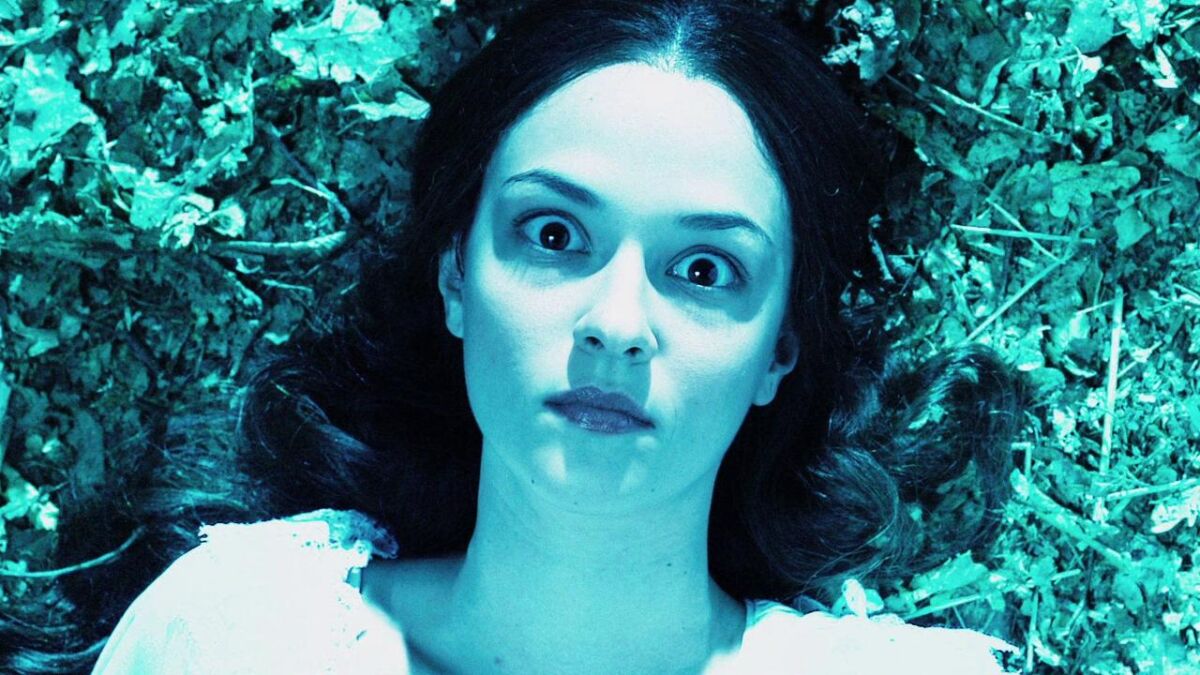
Often held up as the definitive example of Argento’s best days being behind him, let’s be honest right out of the gate and admit that Dracula 3D isn’t very good. The casting choices, particularly daughter Asia Argento as Lucy, are questionable. In many cases, lackluster performances dominate a script that doesn’t seem to believe it’s a Dracula movie to begin with.
As Dracula adaptations go, Argento’s take on the Count could be kindly described as chaotic. The blood and eroticism you would expect are used with deadly seriousness, which makes for a bizarre experience in a film that quickly descends into lots and lots of unintentional comedy.
Dracula 3D has a surrealist approach to pacing, a wonderfully hammy performance by Rutger Hauer, and a plethora of ridiculous special effects. Barely anything works in this film, but Thomas Kretschmann as Dracula is certain to at least be memorable. No one seems to quite know what to do here, but the enthusiasm is at least present.
14. Sleepless (2001)

After the shockingly bland, crushingly awful Phantom of the Opera, Argento largely came back to form with the satisfying 2001 release Sleeper. Despite being a film that feels very much like a retread of past works, particularly Deep Red, there is no denying that Sleepless has style, energy, and a consistent tone. It runs far with a simple, effective Giallo premise, and it trusts star Max Von Sydow to give the film a strong emotional core as a retired police detective reexamining his most famous case.
Where Sleepless succeeds most brilliantly is in how it sticks to good pacing, atmosphere, and some imaginative murder set pieces. Again, this isn’t a groundbreaking film, but it’s satisfying as a suspense film and murder mystery. Good chemistry between Sydow and Stefano Dionisi as a crucial ally in the investigation also helps to move things along to a satisfying conclusion.
Sleepless may feel hollow for those who know Argento for his heavyweight contributions to Giallo or the supernatural, but you don’t need to carry such lofty expectations with this. Expect simply to be entertained, and you’ll be just fine.
13. Two Evil Eyes (1990)
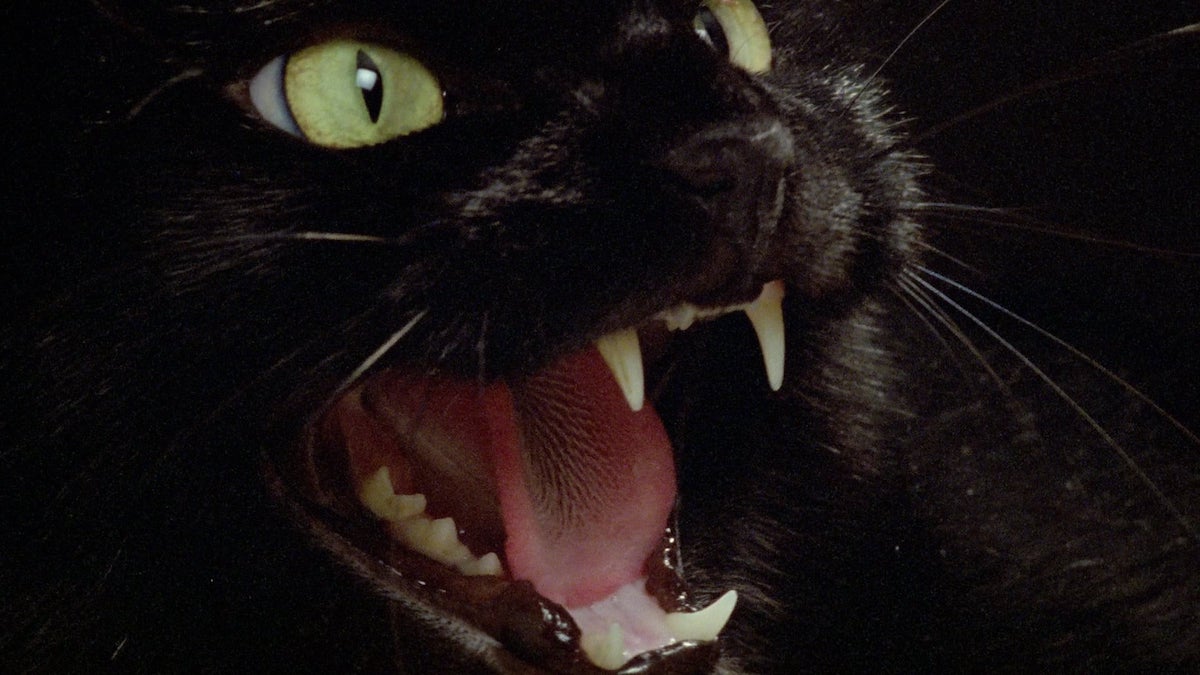
There are some tremendous visuals and performances with Dario Argento’s half of the unique Two Evil Eyes. Teaming up with friend and fellow horror legend George A. Romero for two separate takes on the works of Edgar Allan Poe, Two Evil Eyes has a lot of different neat things in each movie.
Unfortunately, neither of these films offer a completely satisfying experience, as each tries to simultaneously reimagine and pay tribute to Poe. Argento’s contribution is arguably the most successful of the two, although neither are without merit.
Argento’s The Black Cat features a standout performance from Harvey Keitel as a crime scene photographer whose life takes a turn for the horrible when a black cat comes into his life. The Poe connection may get a little fuzzy at times, but the main threads of the story never completely disappear amidst a sea of manic, enjoyable performances (Martin Balsam and John Amos in particular) and memorable practical effects from Tom Savini.
The Black Cat is a formidable example of Dario Argento’s ability to create films where the tension of a single character seems to alter the very world in which they live.
12. Mother of Tears (2007)
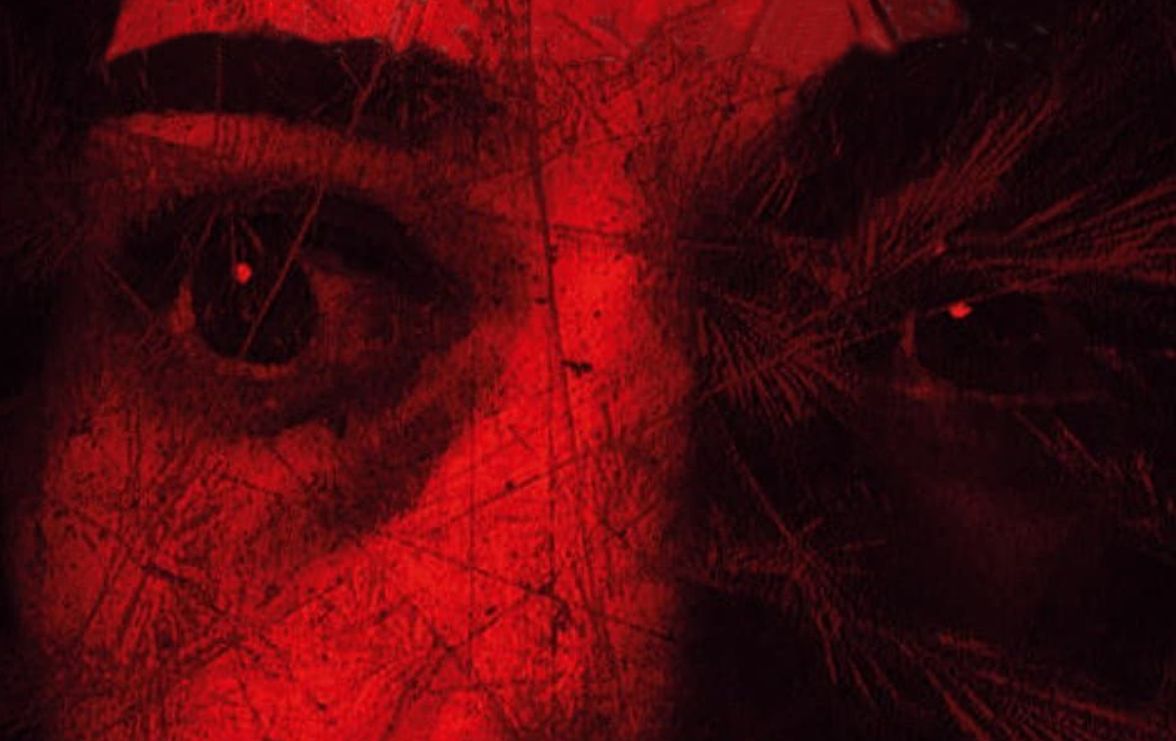
The Three Mothers Trilogy stands as one of the boldest and most singular achievements of Argento’s career as a writer and director. Suspiria and its thematic sequel Inferno both eventually became two of the most beloved entries in Argento’s career. At one point, it seemed as though the final entry in the trilogy, the impressively ambitious Mother of Tears, wasn’t going to ever actually happen.
As the years went on after Inferno in 1980, and Argento’s career took on an enthusiastic hit-or-miss pace, the stakes for Mother of Tears climbed even higher. No one could live up to the reputation of following up two of Italy’s best 20th century horror movies.
Argento probably knew that, going into this story of an art student who accidentally brings the terrifying Mother Lachrymarum to our world. Yet that doesn’t stop him from giving this story the conclusion it deserves, and the results are one of Argento’s best films of the past 20 years. Mother of Tears also has some fun performances from Asia Argento and Udo Kier, who absolutely appreciate how much this movie needs to accomplish.
11. Trauma (1993)

Trauma remains to date Dario Argento’s last film made outside of his native Italy. While the movie failed to establish Argento as a success in America, it has since found a following which seems to be true of even the worst Dario Argento movie.
Perhaps that’s because even something like Trauma, whose only real crime is not living up to the reputation of the cast, Tom Savini makeup, and writing/direction by Argento, has a lot of entertainment to offer.
Supported by strong performances from Asia Argento, Christopher Rydell, and exactly the kind of energy you’d expect from Brad Dourif and Piper Laurie in an Argento film, Trauma has plenty to offer in the style department.
With a fairly compelling mystery to support those qualities, and only a lackluster ending that really drags this down, Trauma is better than its reputation occasionally suggests.
10. Four Flies on Grey Velvet (1971)
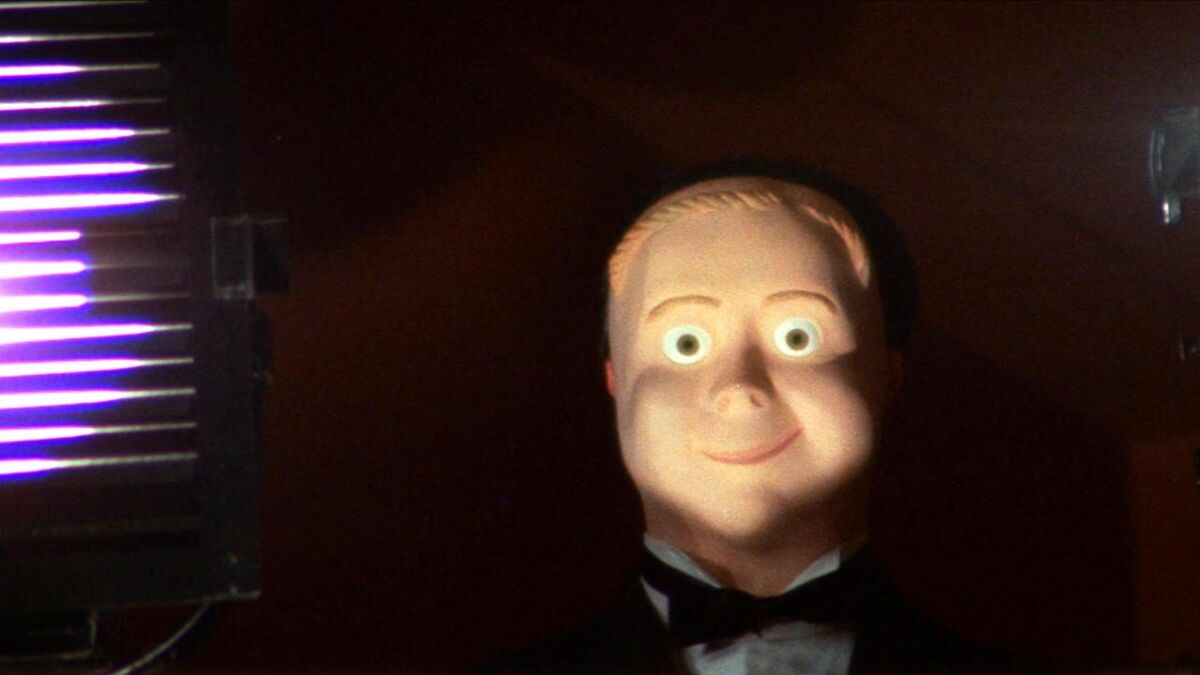
Completing Argento’s formidable, highly original Animal Trilogy, Four Flies on Grey Velvet may seem like it suffers from a low ranking on this list. It doesn’t. We’re just at the point in which Argento’s work begins to get really, really good.
Indeed, Argento was just beginning a streak of successful films as a director and writer that would define one of the most exciting careers in horror history. Four Flies on Grey Velvet truly has all of the director’s gifts running in perfect symphony. The story of a killer stalking a band gives way to a complex collection of plot points, impressively deep characters evolving as the film goes on, and some absolutely stunning murder and suspense scenes.
Four Flies on Grey Velvet has plenty of the style associated with Argento, including a perfect Ennio Morricone score, but with a powerhouse mystery and cast to support that visual wonder. This is the art of cinematic escalation, and the wild ending proves that.
9. The Stendhal Syndrome (1996)

Asia Argento has worked with her father on several of his best and worst films. The distinctively vicious 1996 release The Stendhal Syndrome is one of her strongest performances in the best film Argento directed in the 90s.
Set against the story of a police detective (Argento) investigating a serial killer/rapist (Thomas Kretschmann), who in turn assaults her, The Stendhal Syndrome is one of the nastier Giallo films to be helmed by a legitimate master of them.
The wild, even upsetting energy and visual punch of the film’s most outrageous scenes are used well against Asia playing a character who must go through absolute hell from one moment to the next. This is a demanding performance in a film which is pretty audacious in what it demands of the audience.
While it falls apart a little at the end, the journey getting there is more than enough to make this film at least a small gem of a 90s pulp thriller.
8. Phenomena (1985)

Phenomena starts with the premise of a girl (Jennifer Connelly, who brought a similar engaging energy to Labyrinth a year later) using her psychic powers to help the police catch a serial murder. Fine, that’s not too out there.
However, it’s the part where her psychic powers specifically allow her to communicate with insects, as well as how the mystery of the killer’s identity unfolds, where things start to get strange.
As simply strange switches over to an absolute bedlam of why-the-hell-not plot twists, wrapped in stunning set designs and cinematography by Romano Albani, Phenomena proves that it’s willing to meet its own strangeness head on.
Long before we get to the killer of young girls in and around a Swiss boarding school, Phenomena has already given us a lot. The list includes sleepwalking escapades, a lot of weird crap with bugs, a disconcerting-yet-weirdly-heartwarming performance by Donald Pleasence, and the elaborate Dario Argento setpieces we’ve come to expect.
If you’ve enjoyed all of that, it seems fair that you’ll probably like the ending, too. Or, again, you will at least appreciate the movie trying to meet its own delirious stakes for a memorable ending.
7. The Bird with the Crystal Plumage (1970)
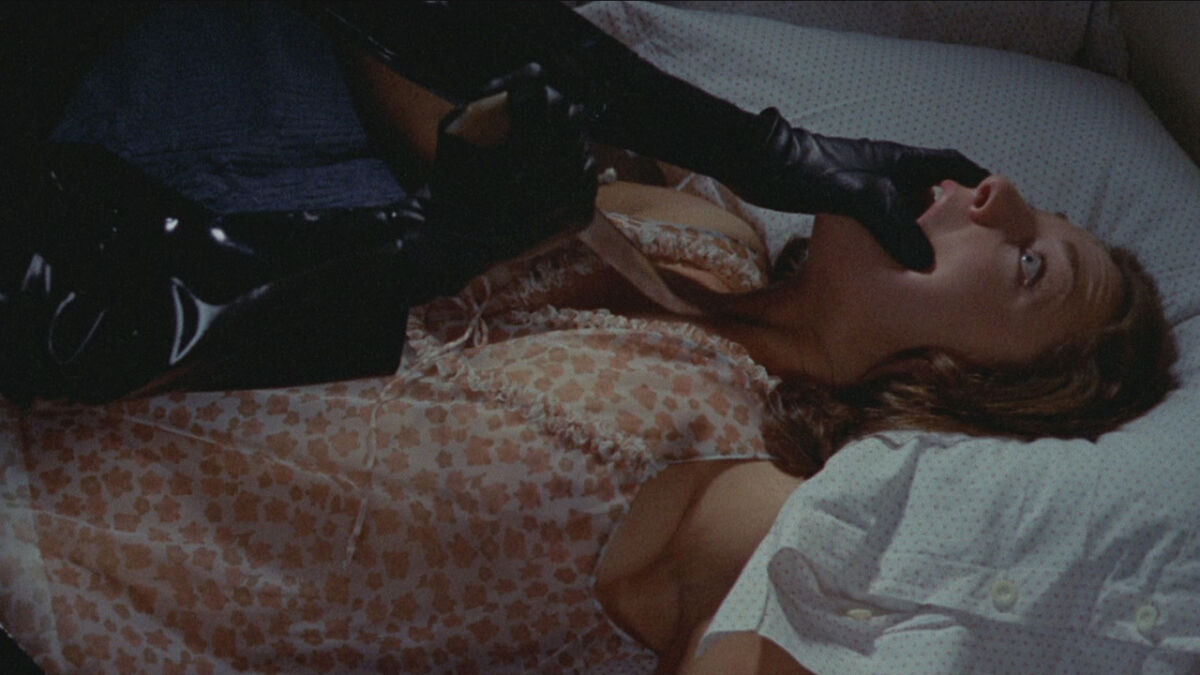
Besides being one of the best movie titles in the Argento canon (which is saying a lot), The Bird with the Crystal Plumage is also one of the most suspenseful films of its decade. Argento’s first film as a director is a masterful, exciting, and maddeningly elaborate murder story. The fundamentals of Giallo are not only firmly in place here, but they create one of the best examples of the genre. To that end, this film can be a great introduction for newcomers.
The Bird with the Crystal Plumage takes a fairly simple premise, in which an American writer (Tony Musante) is drawn into a complex murder mystery, involving police, women, and a brilliant serial killer, and runs with it to some very surprising places. Atmosphere is important to this film, as well as relentless tension-building from the soundtrack, editing, and cinematography for some of Argento’s most memorable murder set pieces.
This film throws a complicated plot against all of this, but never loses focus or enthusiasm. Dario Argento wanted to make an impact on his first time out, and he did.
6. Tenebrae (1982)
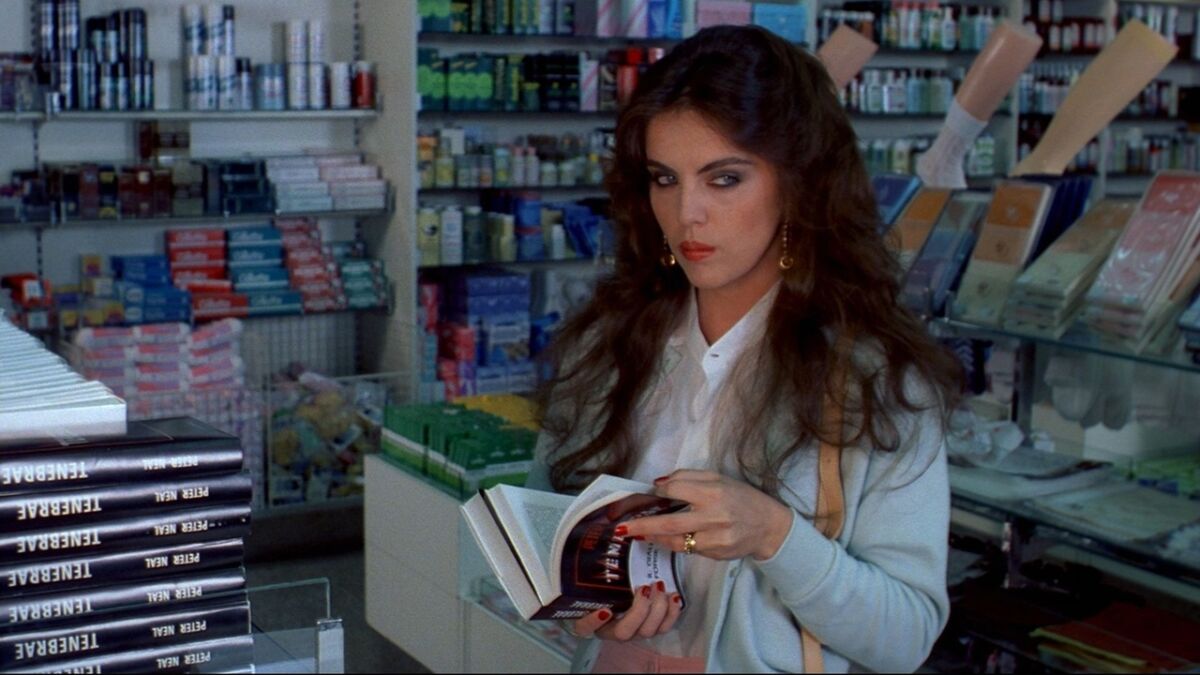
Tenebrae has at least some basic similarities to The Bird with the Crystal Plumage: Another American writer, and another nightmarish descent into the dangerous world surrounding an ongoing murder mystery. However, as Argento fans will no doubt tell you, these two films are not the same. To start with, one of them is an incredible feature film debut, but not quite perfect.
The other is a celebrated director returning to a genre he helped to popularize with incredible momentum, and the desire to try for something even more dramatic and colorful than anything he had done in Giallo before. Tenebrae has a strong cast (with a particularly fun John Saxon performance), a fantastic score by several members of Goblin (more on them later), and some of the most incredible, upsetting depictions of violence ever depicted in one of these movies.
This film benefits from unnerving depictions of architecture, an intense, steady tone of the threat of something enormously evil, and a knockout ending. Tenebrae masterfully builds upon the work Argento had done so far.
It also features some of the most unhinged eroticism to be found in Argento’s filmography — that is saying something quite impressive.
5. The Cat O’ Nine Tails (1971)
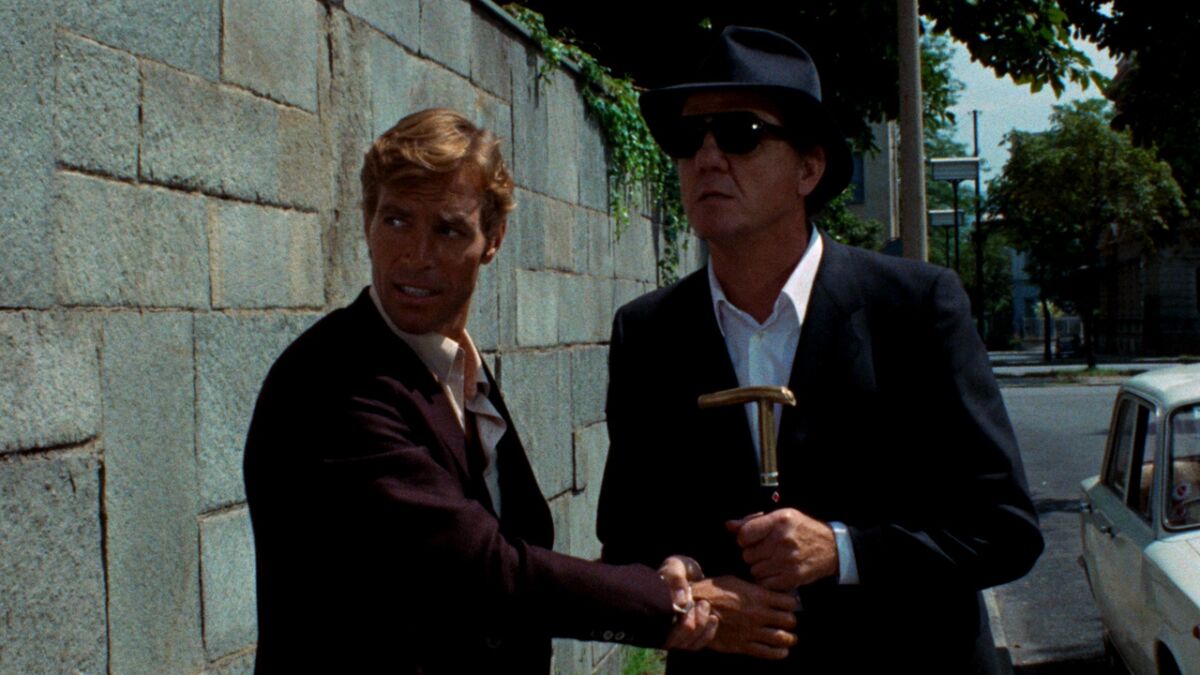
The early works of Dario Argento are clearly among his best. With the entertaining, uniquely clever Cat O’ Nine Tails, the writer and director continued to build a reputation for not only establishing and executing ambitious plots, but for orchestrating some of the most impressive, and certainly disturbing, murder sequences of this or any other decade.
Despite not being a film Argento himself enjoyed making, The Cat O’ Nine Tails has everything you need for a Giallo classic.
Likable characters can be hard to come by in some of these movies. That isn’t essential, nor is it a knock on any of the other Giallo movies we’ve covered here. It is just fun to watch The Cat O’ Nine Tails unfold in its story of a journalist (James Franciscus) working with a blind puzzle expert (Karl Malden, once again proving his versatility as a character actor) with so many memorable personalities.
The Cat O’ Nine Tails is another example of a Dario Argento movie with a mass of characters, setpieces that could almost be movies unto themselves, and a variety of dramatic shifts in the plot that work to the strengths of the cast and the script. Everything works, right up to the unbelievable conclusion.
4. Inferno (1985)
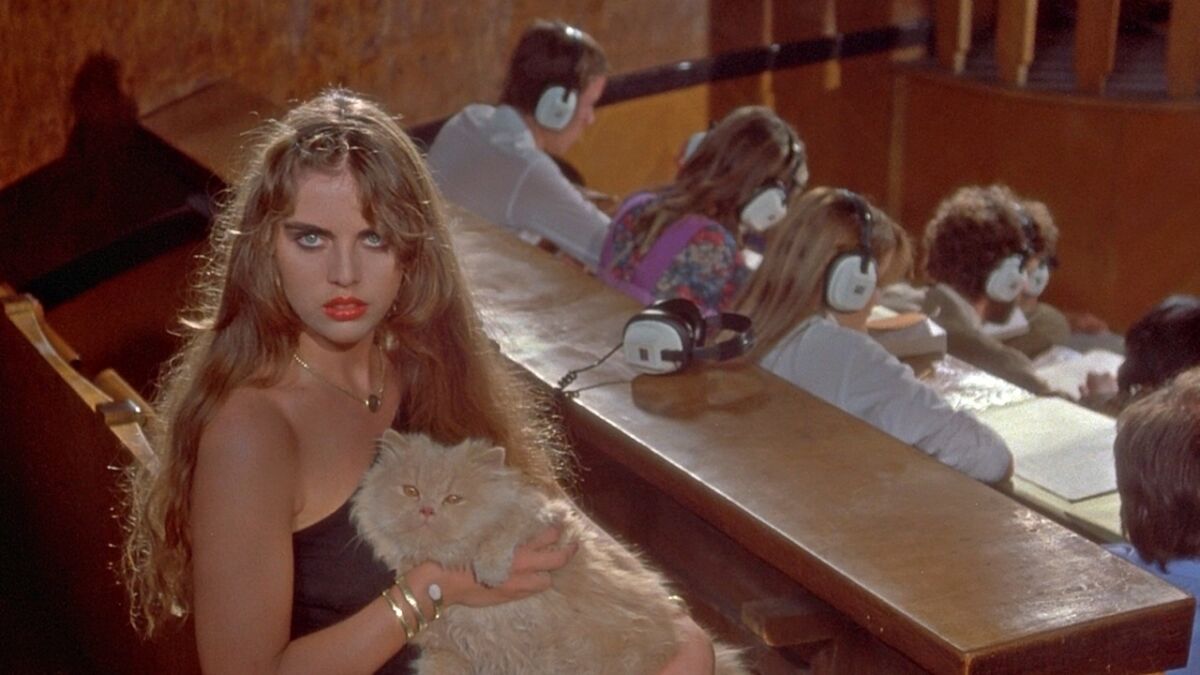
The second Three Mothers film is a mostly thematic sequel. At the same time, the same paranormal presence that dominated Suspiria in 1977, which includes the presence of the Three Mothers as actual characters, is very much part of Inferno. The dream logic which often dominates this deranged, high-intensity epic from Argento creates an unforgettable, bizarre, and overwhelmingly dangerous world for its characters.
Nothing within the confines of one of Argento’s best films for punishing terror, combined with dizzying cinematic sights, is really designed to completely make sense. Inferno, the story of a young girl (an empathetic, likable Irene Miracle) whose purchase of an antique book sets off a hellish chain of events, makes it clear to us early on that it’s going to do whatever it wants. This extends to creating a world of menace and pervasive spiritual evil that overwhelms and nearly obliterates anyone who comes across it.
Nothing and no one is safe in Inferno. Given the power Argento gives to his witches and considering the myriad of stunning scenes in which they exert their force of will, it’s a miracle anyone gets out alive at all.
3. Opera (1987)
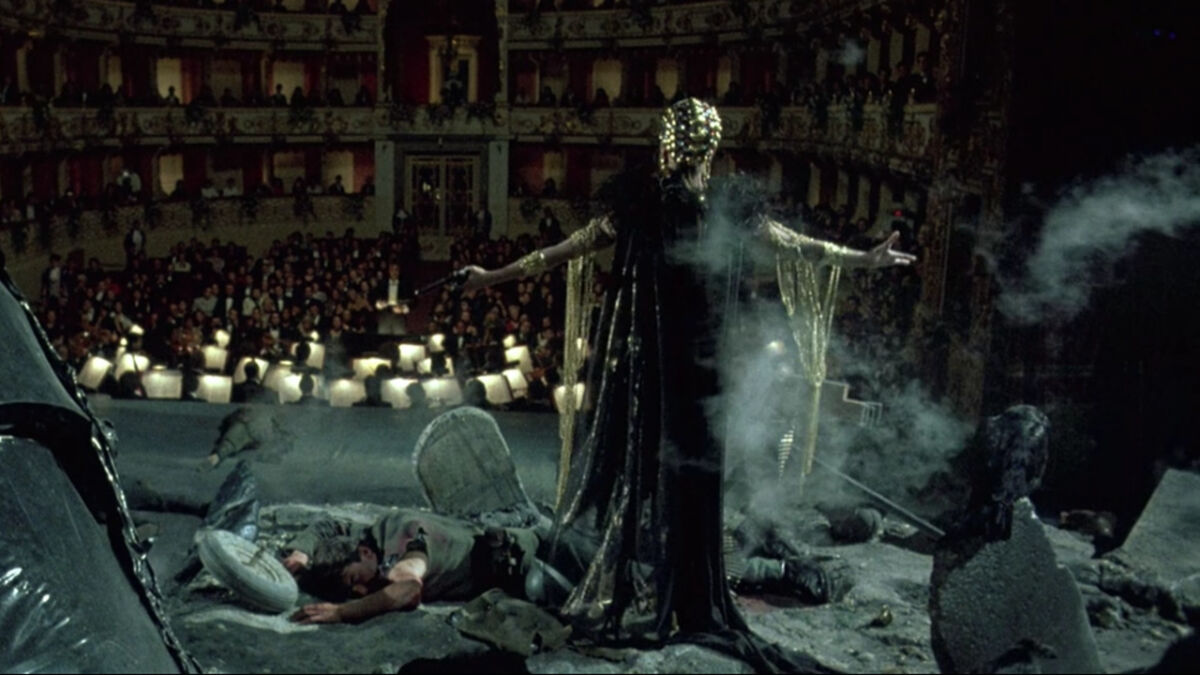
Opera deserves to grab a first-time viewer’s attention by simply showing them one of the best horror movie posters ever designed. That arresting scene of a victim with needles under their eyes is indeed a major point of interest in the actual film. The deeply evocative nature of this poster is met with full force by one of Dario Argento’s finest films.
Not surprisingly, that force is felt in every aspect of production. This is a truly intense Giallo horror film, with Argento’s attention to detail in creative layering so astonishing that there’s simply not enough room to get into all of it here.
Just make sure you’re paying attention to things like the use of Shakespeare’s Macbeth, the names of the characters with regards to Shakespeare in general, and how the movie is equal parts bombastic and singularly restrained in its violence. Opera starts strong with a good premise, makes the most of cast members like Cristina Marsillach and Urbano Barberini, and is home to one of the best soundtracks for any Dario Argento film.
You can try to ignore all these things, but Opera sweeps you up so beautifully in its story of a young opera singer being menaced by a crazed killer, it just won’t be possible.
2. Deep Red (1975)

Deep Red is the first truly perfect Dario Argento movie. That’s an impressive feat, given the mountain of exceptional films we’ve covered so far. Yet Deep Red is one of the best Giallo horror films of all time, in addition to being a high mark for a director who directed one unforgettable hit after another from this point forward.
Deep Red is also perhaps the best Giallo to watch for a newcomer. It has a talented cast, surprises which work flawlessly in tandem with the pace of the plot, and an absolutely intoxicating sense of dread. The unknown is a force of terrible power in Argento’s films. Despite being very human in this particular instance, that notion of something mysterious and rageful is expressed with beautifully constructed and shot murder sequences.
Deep Red never stops being so absolutely entertaining, but its deeper themes and casualness of strong-willed evil or sorrow leaves us with something more unsettling than you might expect from a murder and mayhem sort of thing.
1. Suspiria (1977)

Suspiria boils down to sumptuous style, lush colors and sounds, and a plot that has more to do with showing those things off than literally anything else.
As far as this list of the best Dario Argento movies is concerned, that is far and away all that’s needed to experience the very best of Dario Argento’s extraordinary career.
Suspiria makes sense, but the first film in Argento’s Three Mothers trilogy is way more interested in putting its best work into torturing, confounding, and horrifying the young girls (and others) of a German dance academy. One girl in particular, Suzy Bannon (a grounded, breathtaking, and highly expressive performance by Jessica Harper), seems to draw the most attention from the black magic forces drenching the school in death and chaos.
The movie is largely devoted to Suzy first trying to understand what’s going on around her, and then trying to survive it. Harper’s performance drives the film with something very human and appealing amidst a film in which the rules of time and space can be questioned, mocked, and broken at any time.
Suspiria might be occasionally plotless, but it still creates one of the most compelling and alarming worlds in the history of the horror film itself. Co-written by frequent Dario Argento partner and collaborator (and mother of Asia) Daria Nicolodi, this creation of substance from an atmosphere of unstoppable evil is also known for the band Goblin providing one of the greatest soundtracks in movie history.
For many, Suspiria is the complete horror movie, and an example of how much wonderment can be found in the decadent and sadistic depths of the unknown.
READ NEXT: The Best Wes Craven Movies
Some of the coverage you find on Cultured Vultures contains affiliate links, which provide us with small commissions based on purchases made from visiting our site. We cover gaming news, movie reviews, wrestling and much more.



